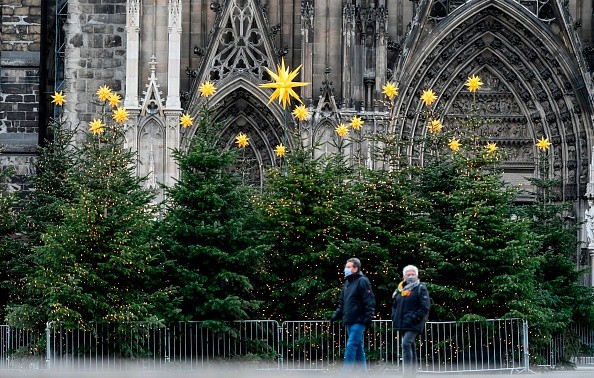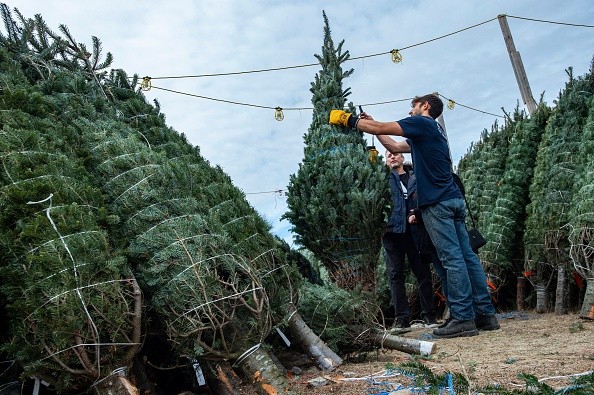The impact of the severe weather event resulted in the shortage of Christmas trees in the market.

Impact of Extreme Weather: Christmas Tree Shortage
A record-breaking heatwave hit the Pacific Northwest in June 2021, impacting the region like never before. Portland, Oregon, which generally sees temps in the seventies, saw temperatures hit an all-time high of 116 degrees, according to News Break.
In the Pacific Northwest and British Columbia, hundreds of people perished. The World Weather Attribution Network (WWAN) is a global network of weather attribution. According to the group of experts from different countries, human-caused climate change is the primary cause of the uncommon weather event.
As per the Pacific Northwest Christmas tree growers organization, the impact of the severe weather event resulted in the shortage of Christmas trees in the market. More than 5.4 million of the 15 million trees that American producers harvested during the 2017 Christmas season came from Pacific Northwest states.
A little farm was located in one of the state's warmest places, and farmers lost the majority of their 7- to 8-foot noble firs, which are among the most popular Christmas trees.
The damage to Jacob Hemphill's saplings during the intense heatwave was documented by the owner of Hemphill Tree Farm, Jacob Hemphill.
He said, "The second day of the heat, it was 116. I came in the driveway that night and saw the trees were basically cooking. Burnt down to nothing."
According to experts, up to 20% of the Oregon tree supply may have been affected by extreme weather events. Meanwhile, supply chain problems may make it difficult to obtain an artificial Christmas tree this year. China manufactures the most artificial Christmas trees.
How Financial Crisis Contributes to the Shortage
The drought and subsequent wildfires have damaged growers. According to statistics from the US Department of Agriculture, the land planted with trees has declined by 24% since 2015, and the total number of trees sold has been reduced by 27%.
However, live Christmas trees were in limited supply long before climate change started to have an impact on the sector. Over-planting in the late 1990s resulted in an excess of trees at the start of the 2008 financial crisis.
Simultaneously, land became more expensive, and farmers affected by the financial crisis planted fewer trees. Because it takes a tree a long time to mature, the industry started to feel the effects in 2016.
Last winter, while the epidemic raged, customers hurried to purchase real trees in an attempt to create a festive ambiance in their houses.

Increase in the Use of Artificial Tree
According to statistics from the American Christmas Tree Association, which represents the artificial tree business, just 15% of the 94 million US homes that displayed a tree last year had a real tree.
ACTA executive director Jami Warner hopes that everyone who wants a Christmas tree this year can find their ideal tree.
One piece of advice for customers right now would be to identify and get their Christmas tree as soon as possible.
Related Article : Christmas Trees Absorb Greenhouse Gas Methane: Study
For more news, updates about climate change and similar topics don't forget to follow Nature World News!
© 2025 NatureWorldNews.com All rights reserved. Do not reproduce without permission.





